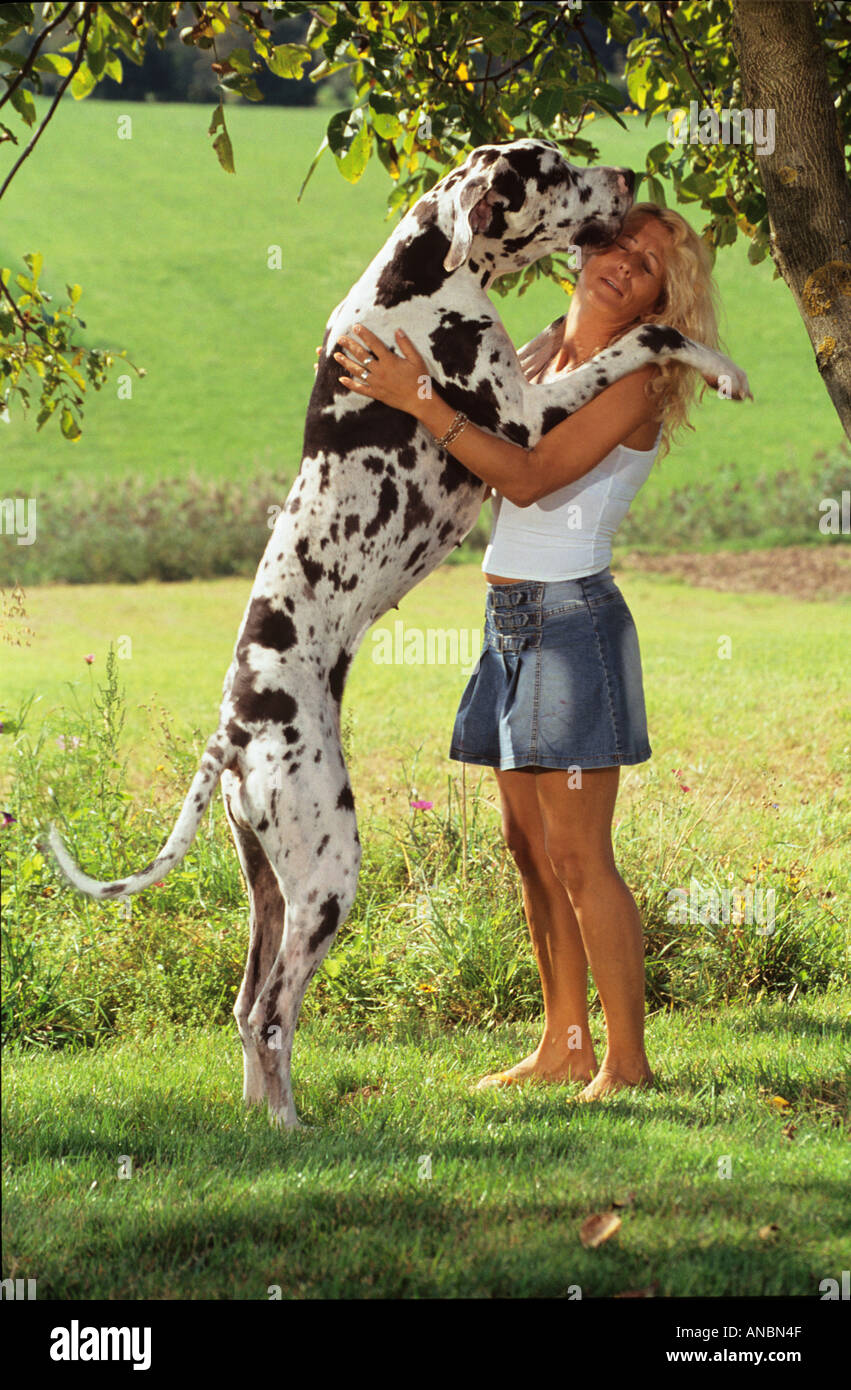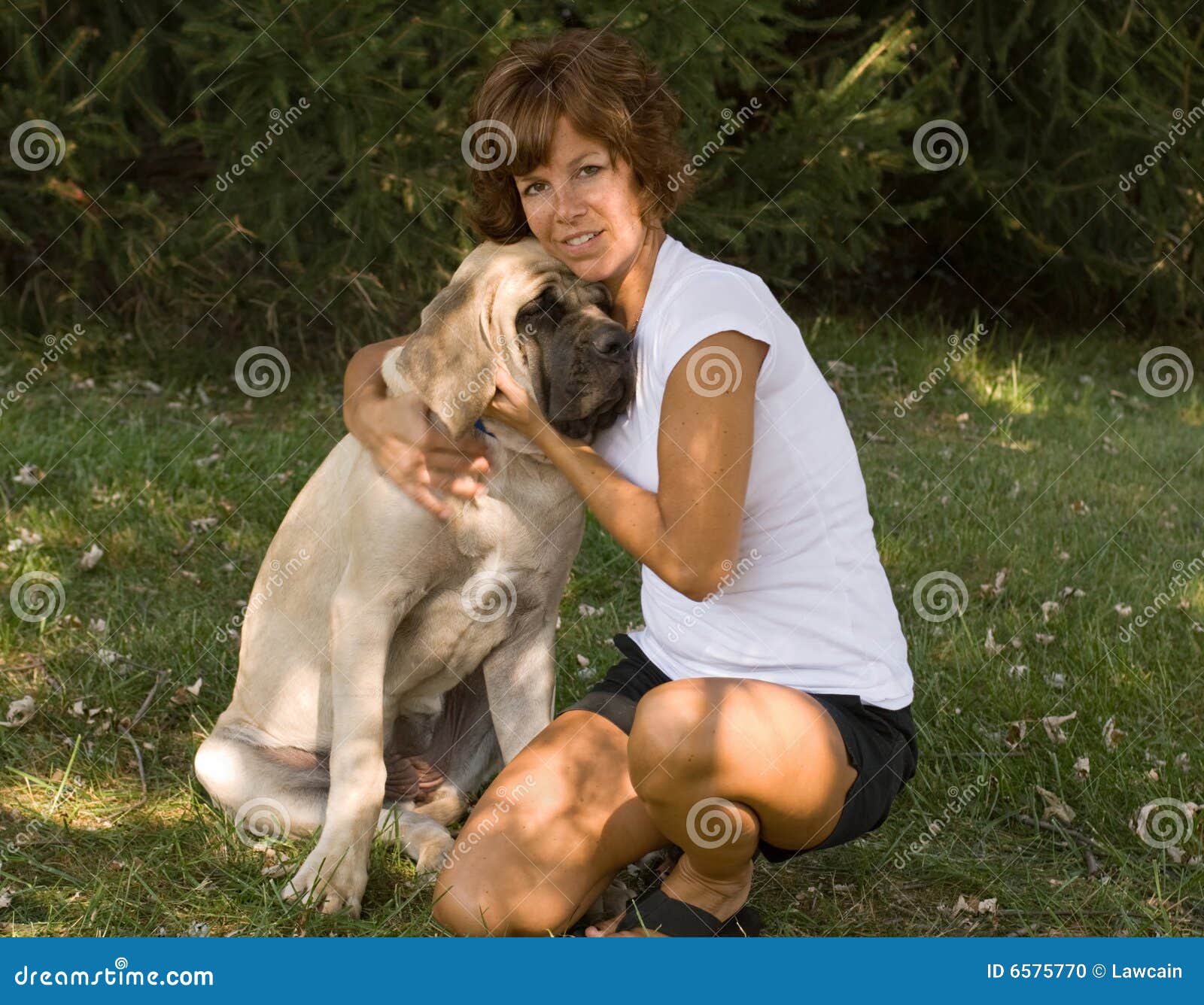Dog Mating Behavior With Humans: Risks & Prevention | [Your Brand]
Is it possible for dogs to mate with humans? The answer is complex, but understanding the dynamics of this topic and the steps we can take to prevent such incidents is paramount.
The subject of dogs engaging in mating behavior with humans has garnered significant attention, stirring widespread discussion and concern globally. This topic, which bridges the realms of animal behavior and human safety, prompts crucial inquiries regarding responsible pet ownership and public awareness. It necessitates a deep dive into the science underpinning canine behavior, the potential risks involved, and pragmatic strategies to prevent such incidents.
This phenomenon has, in recent years, become increasingly visible, with a multitude of reports and cases being covered across various media platforms. While it may appear unusual, grasping the biological and behavioral intricacies of dogs is indispensable for effectively addressing these concerns.
- Explore The Luna Bella Metro Video A Global Sensation
- Cristiano Ronaldos Noodle Hair Fashion Football Fusion
The objective here is to furnish thorough information on this sensitive topic, ensuring readers are well-informed and equipped with the knowledge to address such situations responsibly. This article will examine the scientific aspects, associated risks, prevention strategies, and legal ramifications surrounding this issue.
Category Details Biological AspectThe process of knotting. Hormonal influences. Behavioral FactorsFactors affecting dog behavior. The role of training and supervision. Risks and ConcernsPhysical Injuries. Psychological Trauma. Legal liability. Prevention MethodsSpaying and neutering. Training and Supervision. Legal ConsequencesLiability of dog owners. Laws and regulations.To truly understand the complexities surrounding dogs engaging in mating behavior with humans, it's essential to explore the natural reproductive processes of canines. The process known as "knotting" is a standard element of canine reproduction. This is where a physical connection is formed owing to the swelling of the dog's bulbus glandis. This mechanism ensures that the male and female remain connected for a period, thereby increasing the chances of successful fertilization.
How Does Knotting Occur?
Knotting is a biological process that occurs during canine mating. When a male dog mates with a female, the bulbis glandis, located at the base of the penis, swells, creating a temporary physical bond between the two animals. This natural process can last for several minutes to approximately half an hour, contingent on the individual dogs involved.
- Xavier Legette Interview His Journey Secrets To Success
- Bruce Boltz Insights Lessons From A Business Trailblazer
Why Does This Happen?
A biological adaptation designed to ensure successful reproduction. A mechanism to prevent other males from mating with the same female, thus ensuring that the original male has the greatest chance of passing on its genes. A strategy to increase the likelihood of successful fertilization.Understanding the Risks and Concerns
While knotting is a natural process in canine reproduction, it presents risks when involving humans, particularly women. Such incidents can lead to physical injuries, psychological trauma, and social stigma. Recognizing the potential dangers and implementing preventive measures is crucial to avoid these situations.
Physical Risks
Physical injuries can occur if a dog becomes overly aggressive or if the knotting process is interrupted inappropriately. These injuries might include bites, scratches, or other forms of trauma. Ensuring the safety of both the dog and the human involved is of paramount importance in these scenarios.
Psychological Impact
Incidents involving dogs engaging in mating behavior with humans can have lasting psychological effects on the individuals involved. Victims might experience anxiety, fear, or even post-traumatic stress disorder (PTSD). Providing adequate support and counseling is vital in helping them cope with the aftermath of such events.
Preventing Incidents: Guidelines for Pet Owners
Responsible pet ownership plays a crucial role in preventing incidents of dogs engaging in mating behavior with humans. By understanding dog behavior and taking proactive measures, pet owners can mitigate the risks associated with this issue.
Spaying and Neutering
One of the most effective ways to prevent unwanted mating behaviors is through spaying and neutering. These procedures not only diminish the likelihood of such incidents but also enhance the overall health and well-being of the dog.
Supervision and Training
Always supervise your dog, especially in public spaces where there is a higher chance of encountering other people and animals. Train your dog to follow basic commands, such as "sit," "stay," and "come," to maintain control in various situations. Teach your dog appropriate social behaviors to ensure they interact well with both humans and other animals. Early socialization can also help dogs become less fearful and anxious, reducing the risk of unwanted behaviors.Statistics and Research Insights
Research and statistics offer valuable insights into the prevalence and nature of incidents involving dogs engaging in mating behavior with humans. According to a study published in the Journal of Veterinary Behavior, such incidents are relatively rare, but can have significant consequences when they occur.
A survey conducted by the American Society for the Prevention of Cruelty to Animals (ASPCA) revealed that approximately 70% of dog-related incidents could have been prevented through proper training and supervision. These findings emphasize the importance of education and awareness in addressing this issue.
Legal Considerations and Responsibilities
From a legal standpoint, pet owners are responsible for ensuring the safety of others within their community. Laws and regulations vary by jurisdiction, but most places hold pet owners accountable for any harm caused by their animals. Understanding these legal implications is essential for both pet owners and the general public.
Liability and Compensation
In cases where a dog's actions result in injury or trauma, the owner may be held liable for damages. This can include medical expenses, counseling fees, and other related costs. It is crucial for pet owners to be aware of their responsibilities and take appropriate measures to prevent such incidents.
The Importance of Education and Awareness
Educating the public about dog behavior and responsible pet ownership is key to reducing incidents of dogs engaging in mating behavior with humans. By promoting awareness and providing resources, communities can collaborate to create safer environments for both humans and animals.
Community Programs
Many organizations offer educational programs and workshops to help pet owners understand their responsibilities and learn effective training techniques. These programs can play a vital role in preventing incidents and fostering positive interactions between humans and animals. These programs can also help in educating the public on how to recognize signs of aggression in dogs and the appropriate way to react.
Debunking Common Misconceptions
There are several misconceptions surrounding the topic of dogs engaging in mating behavior with humans. Addressing these myths is essential for fostering a better understanding of the issue and encouraging responsible behavior.
Myth: Only Certain Breeds Exhibit This Behavior
Fact: While some breeds may be more prone to certain behaviors, any dog can exhibit mating behaviors if not properly trained or supervised. This is because the underlying biological drive is common to all breeds.
Myth: Spaying and Neutering Cause Behavioral Issues
Fact: Spaying and neutering are safe and effective procedures that can actually improve a dog's behavior and reduce the likelihood of unwanted mating behaviors. By removing the primary reproductive organs, these procedures eliminate the influence of sex hormones, which can contribute to a wide range of behaviors, including roaming, aggression, and mounting.
Real-Life Case Studies and Examples
Examining real-life examples can provide valuable insights into the complexities of this issue. By analyzing specific cases, we can better understand the factors that contribute to such incidents and identify effective strategies for prevention.
Case Study: A Community's Response
In a small town in Australia, a series of incidents involving dogs engaging in mating behavior with humans led to a community-wide effort to address the issue. Local authorities collaborated with animal welfare organizations to implement educational programs and enforce stricter regulations on pet ownership. As a result, the number of incidents decreased significantly over the following years.
Expert Perspectives and Recommendations
Consulting experts in the field of animal behavior and veterinary science can provide valuable guidance on addressing this issue. These professionals offer insights based on extensive research and experience, helping to inform best practices for pet owners and communities.
Dr. Jane Smith, Canine Behavior Specialist
"Preventing incidents of dogs engaging in mating behavior with humans requires a combination of education, supervision, and responsible pet ownership. By working together, we can create safer environments for both humans and animals," says Dr. Jane Smith, a renowned canine behavior specialist.
In addition to the recommendations above, it's important to consider the following:
Early Intervention: Start training and socialization early. The puppyhood phase is critical for shaping behavior. Consistent Training: Consistency is key in reinforcing desired behaviors. Use positive reinforcement methods. Professional Help: Consult a certified professional dog trainer or a veterinary behaviorist if you're facing challenges. Create a Safe Environment: Minimize potential triggers and ensure your dog's environment is safe and comfortable. Report Incidents: Report any incidents to the appropriate authorities and seek counseling if needed.For more information, please visit reputable sources such as the ASPCA, PETA, or your local animal welfare organization.

Great Dane puts paws on shoulders of a woman Stock Photo Alamy

Woman Cuddling Dog stock photo. Image of canine, cuddling 6575770

Woman Making Top Knot On Dogs Stock Photo 389919970 Shutterstock